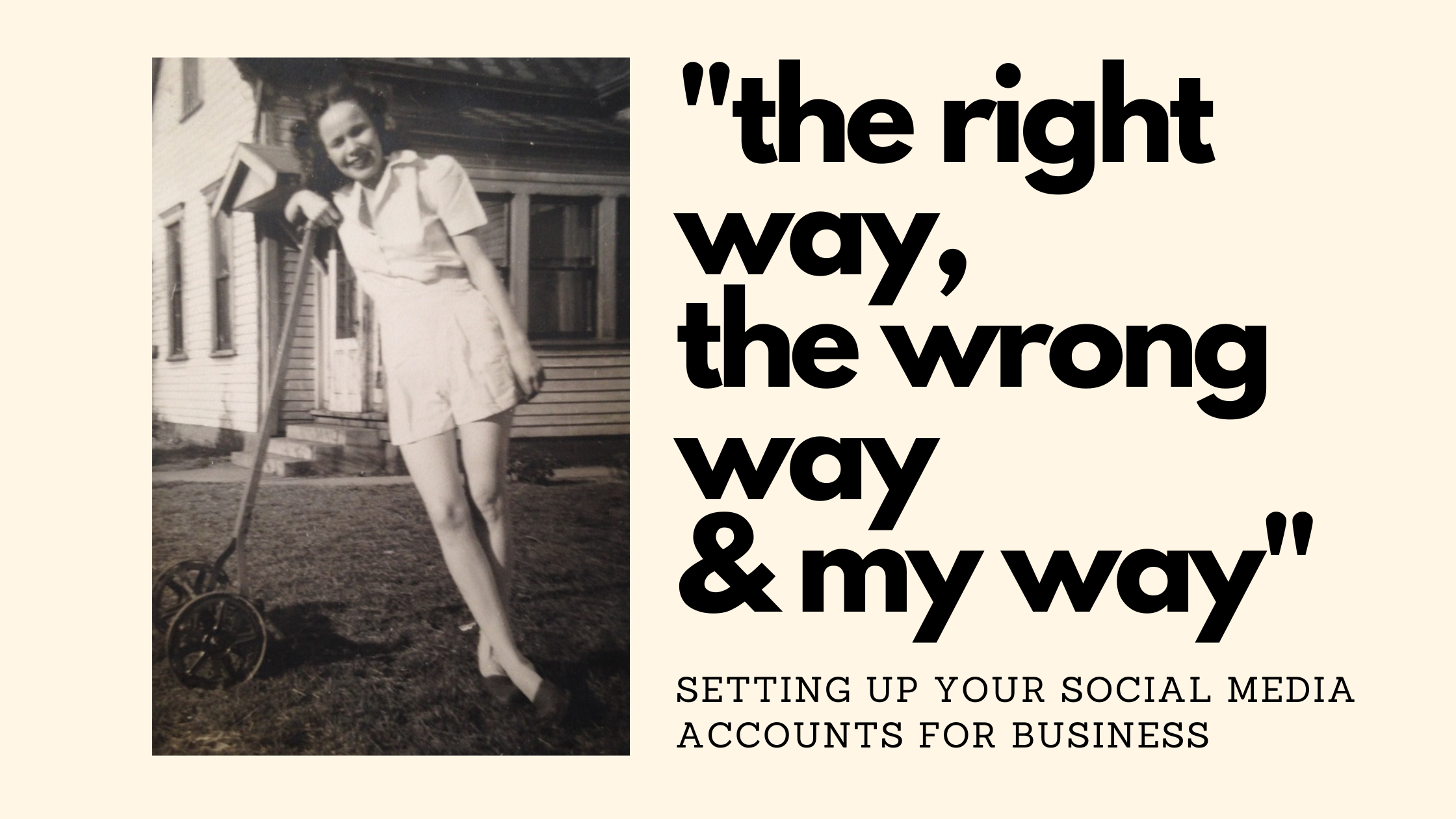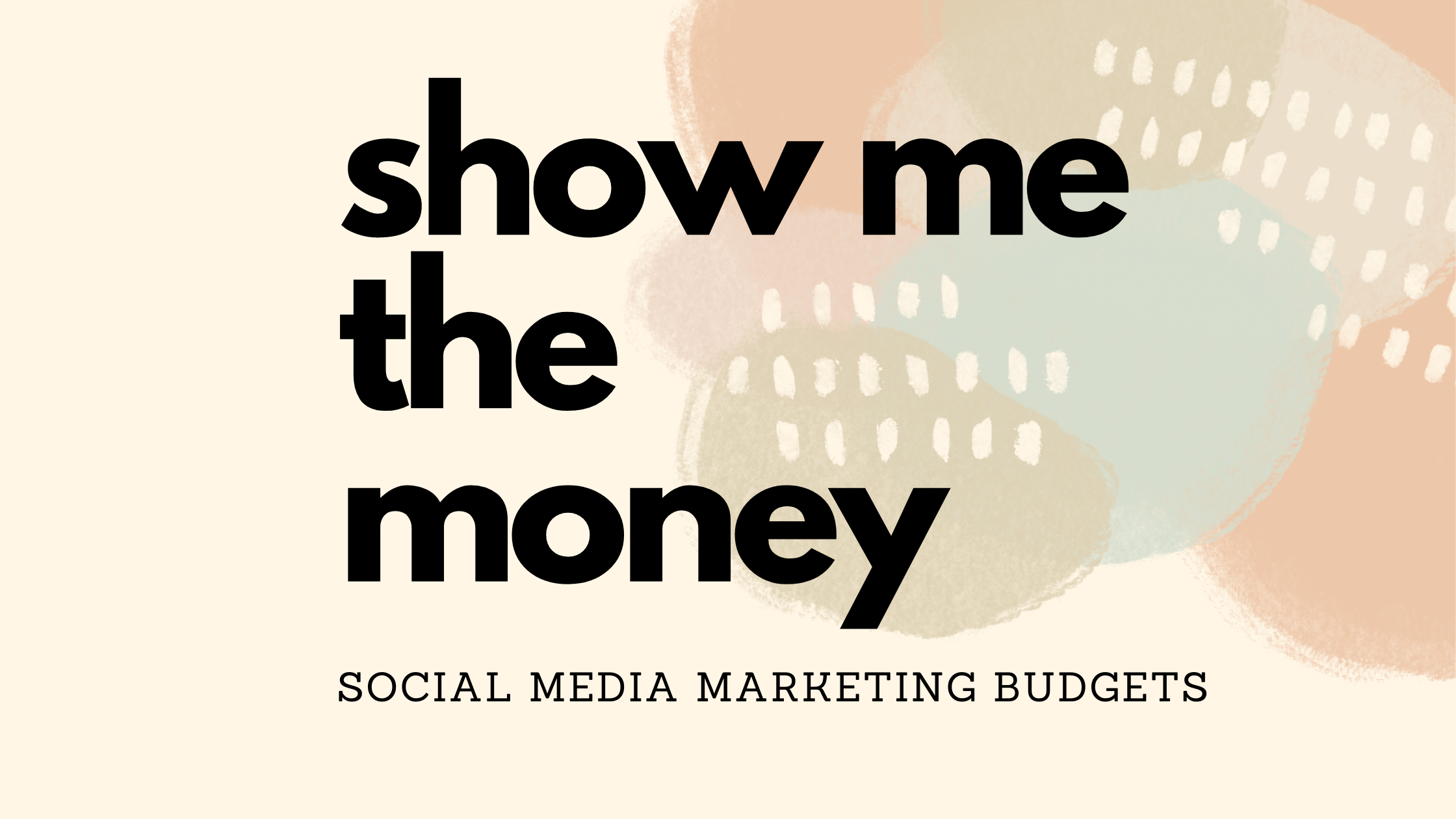Community building is the heart of the matter. In our last “22 in ‘22” post, we talked a lot about how to engage an audience. The truth is, we left the important matter of building a community out of that blog for one reason: it deserves its own place to shine.
Creating a community surrounding your brand is one of the best things you can do to ensure customer loyalty. But it isn’t an easy thing to do. You must play all your cards right if you want to make sure you are being authentic AND taking into account the marketing and demographics of your target audience.
Say goodbye to faceless corporate jargon
One thing is for sure: consumers do not want to be in a community founded by a big, faceless, bland corporation. The younger generation would call this “vanilla” meaning it lacks pizzaz. And then they would make fun of us for using the word “pizzaz.” But alas, we can’t please everyone at the same time.
Whether your brand is big or small, you need to work to build a company culture that will shine through to your consumers. Then, share yourself with them. Let them see the inner workings of what you and your team do. In fact, share team members on social. Have some humor, let them in on special deals, share articles you like, speak to them so they know you have a common ethos. Your company culture is your foundation, and it must be a values-based, non-negotiable entity.
Become a go-to place
Once you have established your company culture (or if you already have one, good for you!), you can draw your target audience to your social platforms and create a community. Be the account they want to see on a daily basis. Allow your values to morph into a brand personality online. Engage them by creating hashtags, asking for comments or opinions, showing videos and publishing NO BORING, SALESY, B.S. CONTENT EVER. <please> If you find yourself struggling to think of options, just know that the professional at P&A are here to answer the call …
The point is that your audience must find your content valuable. They should want to spend time reading and interacting with it, otherwise you will have a hard time getting them to come back for more.
Who runs it?
An important thing to ask yourself is, “Who will manage your social media accounts?” You can’t expect to build a community with an audience if you don’t have the right language or personality behind the scenes … or if you’re not posting regularly. It’s like The Great and Powerful Oz of social media — if you want to attract the target audience, you must put out the right message, or else Dorothy won’t even try to walk through that field of poppies to get to you.
For instance, if your target audience is mostly a younger generation, make sure you have people in that generation running your social media accounts or at least responding to comments IRT. Your voice must sound like your consumers, with the right lingo. And believe us, youth these days have come up with some real doozies that seem to change daily. On the other hand, if you are a construction company, make sure the person running your social media understands how to speak the industry jargon and responds to comments accordingly. (Call us “multi-lingual” at P&A … we “speak” healthcare, construction, senior living, human resources, legalese and fun lifestyle!)
Creating a community doesn’t need to be hard, but it does take work on your part. You need to identify the personality of your target market and make sure you align your company’s values with that. Then, let them see you as more than a faceless corporation. It will not only gain you followers, but you will be a social account they can trust and rely on for information and entertainment.










